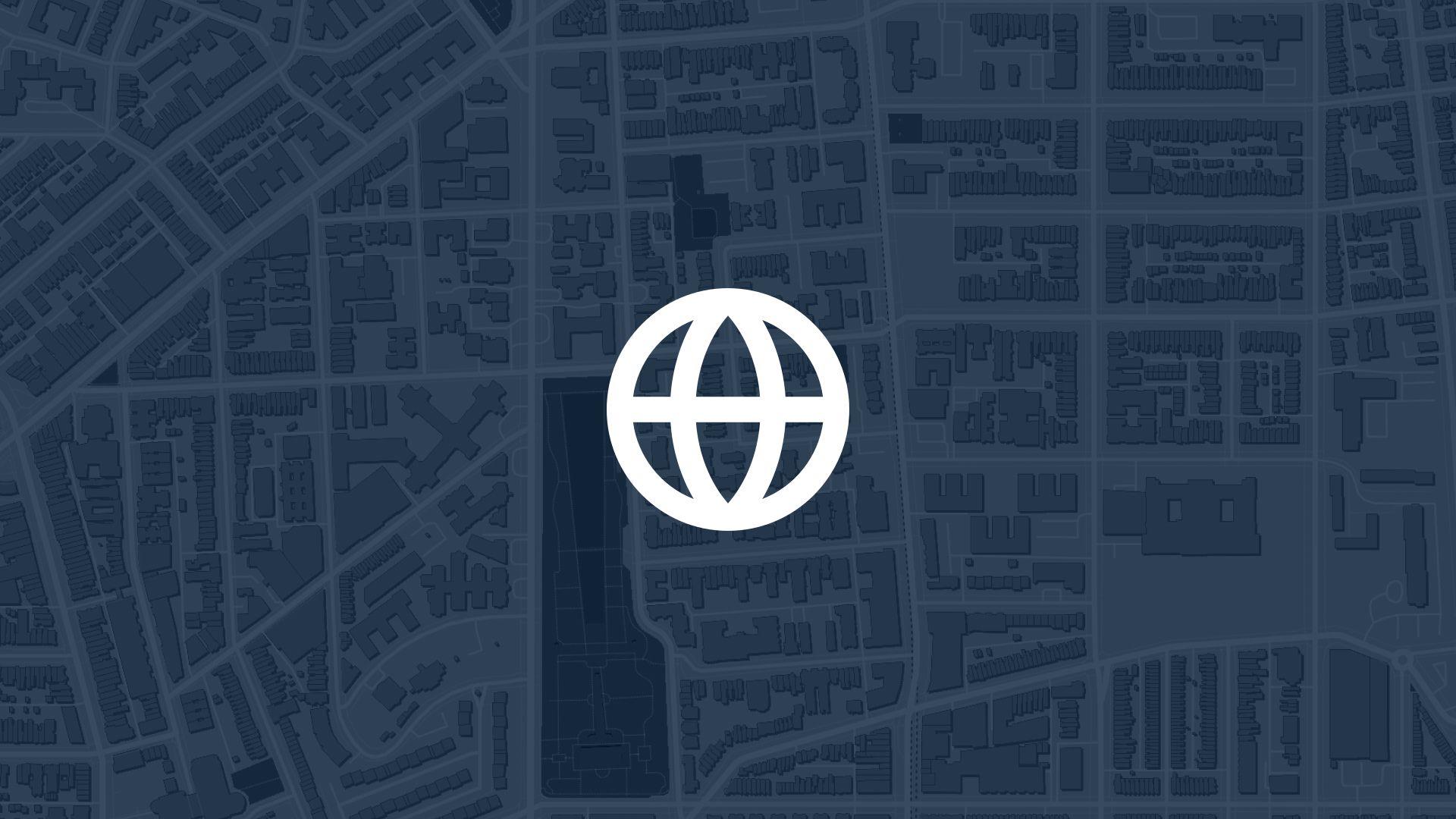When it comes to vegetation analysis, Normalized Difference Vegetation Index (NDVI) and Enhanced Vegetation Index (EVI) are two commonly used tools. They help scientists and researchers understand plant health, biomass, and changes in vegetation over time. But how do they differ, and when should you use one over the other?
This guide will break down NDVI and EVI to help you decide which index fits your analysis needs.
What is NDVI?
NDVI is a widely used index for vegetation analysis. It measures the difference between near-infrared light (which vegetation strongly reflects) and red light (which vegetation absorbs).
The formula for NDVI is:
NDVI = \frac{(NIR - RED)}{(NIR + RED)}
Here:
- NIR: Near-Infrared light
- RED: Red light
NDVI values range from -1 to +1:
- Values close to +1 indicate healthy, dense vegetation.
- Values around 0 suggest barren areas like rocks or soil.
- Negative values often represent water or snow.
NDVI is simple, effective, and works well for general vegetation monitoring.
What is EVI?
EVI was designed to improve on NDVI by reducing atmospheric influences and addressing canopy background noise. EVI incorporates the blue light spectrum for enhanced sensitivity to vegetation changes in areas with dense foliage.
The formula for EVI is:
EVI = G \times \frac{(NIR - RED)}{(NIR + C1 \times RED - C2 \times BLUE + L)}
Where:
- G: Gain factor (often set to 2.5)
- C1 and C2: Coefficients for aerosol resistance (usually 6 and 7.5, respectively)
- BLUE: Blue light
- L: Canopy background adjustment (typically 1)
EVI values range from -1 to +1, similar to NDVI, but EVI tends to be more sensitive in dense forested areas.
Key Differences Between NDVI and EVI
| Aspect | NDVI | EVI |
|---|---|---|
| Sensitivity | Limited in dense vegetation | High sensitivity in dense vegetation |
| Atmospheric Effects | More affected | Reduces atmospheric distortions |
| Canopy Noise | Affected by soil and canopy background | Corrects for soil and canopy noise |
| Formula Complexity | Simple | Complex, involves more parameters |
When to Use NDVI?
NDVI is ideal for:
- Large-scale Monitoring: When monitoring broad areas like agricultural fields or grasslands, NDVI’s simplicity makes it an efficient choice.
- Comparative Studies: Use NDVI to compare vegetation health across different regions or timeframes.
- General Vegetation Trends: NDVI is effective for identifying general trends in vegetation greenness.
When to Use EVI?
EVI is better suited for:
- Dense Forests: In areas with heavy canopy cover, EVI provides more accurate readings.
- Polluted or Hazy Areas: EVI is less influenced by atmospheric conditions, making it ideal for areas with significant aerosols or haze.
- Detailed Studies: For projects requiring precision, EVI’s ability to adjust for background noise is a strong advantage.
Practical Applications
Agriculture
- NDVI helps farmers monitor crop health over large areas.
- EVI can detect subtle changes in densely planted crops, improving precision farming.
Forestry
- Use NDVI to track deforestation or seasonal changes in forested areas.
- EVI is better for studying dense tropical forests, where NDVI may saturate.
Urban Planning
- NDVI identifies green spaces in urban areas, helping city planners manage vegetation.
- EVI provides detailed vegetation health metrics, useful for restoration projects.
Combining NDVI and EVI
In many cases, combining NDVI and EVI provides a comprehensive view of vegetation health. NDVI gives a quick overview, while EVI provides finer details. This dual approach is particularly useful for:
- Long-term vegetation monitoring.
- Studies requiring cross-validation of data.
- Research in areas with varied vegetation density.
Conclusion
Both NDVI and EVI are powerful tools for vegetation analysis. Your choice should depend on the density of vegetation, the level of detail needed, and the environmental conditions of the area being studied. For simpler, broad-scale projects, NDVI is often sufficient. For detailed analysis in challenging environments, EVI is the way to go.
By understanding their strengths and limitations, you can make better decisions and derive more accurate insights from your vegetation studies. Ready to take your analysis to the next level? Log in to Atlas and start optimizing your vegetation studies today!





